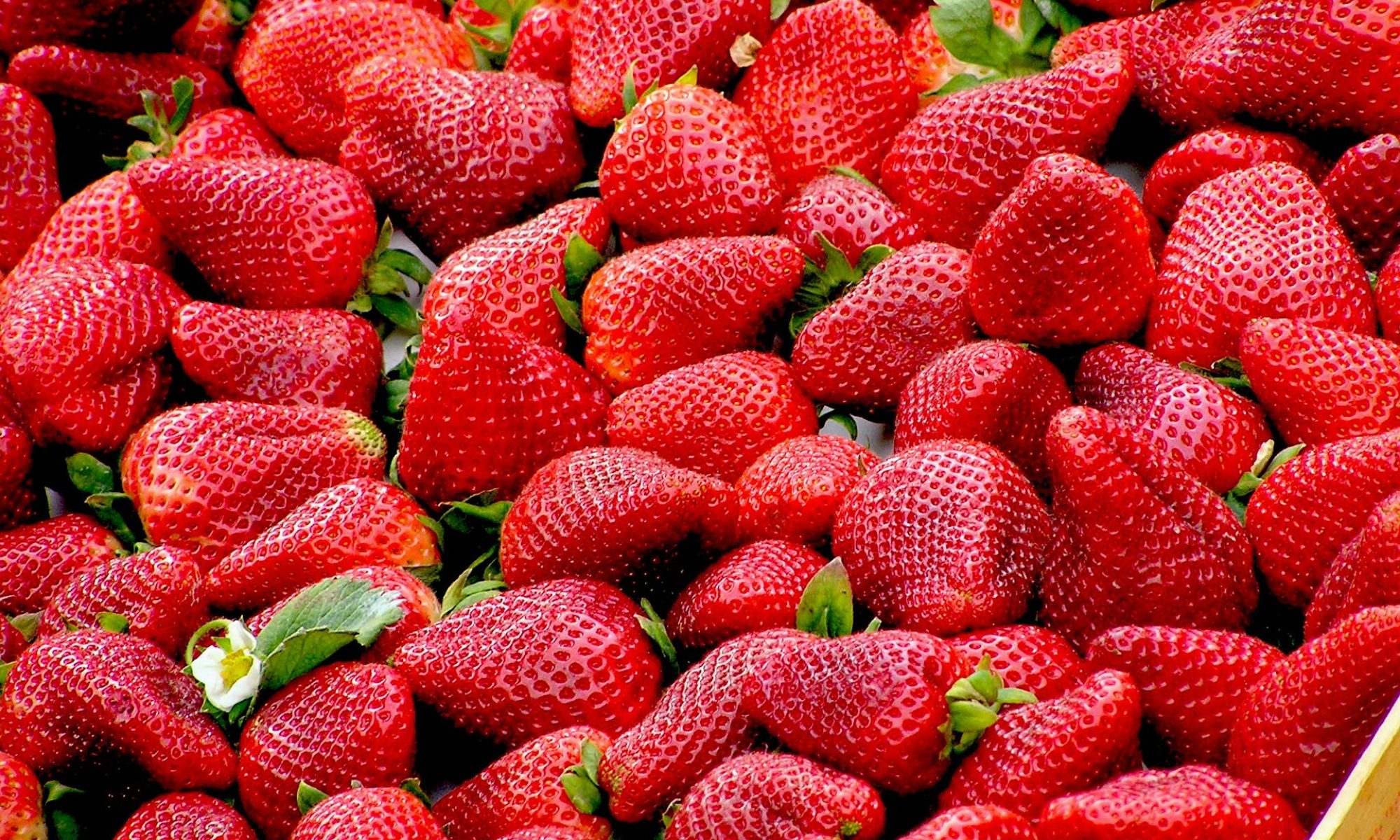Nutrition & Fitness > Date fruit nutrition facts > Date fruit facts
Interesting facts about dates fruit
- The dates fruit is a berry having a single seed surrounded by fibrous endocarp, mesocarp and pericarp.
- The pericarp is the outer skin of the berry and the fleshy portion is mesocarp.
- The dates fruit berry is attached at calyx to the spike-let.
- A cluster of dates may hold 500-2000 berries.
- When fully ripe there is dehydration of the dates and the skin gets wrinkled and is covered by a waxy film.
- It takes about 200 days for it to reach maturity from the day of pollination.
- There are three major stages in the growth and maturation and each stage has a name; Khalaal, Rutab and Tamr-full ripe stage.

Interesting facts about date palm
- Dates palm (Phoenix dactylifera) is a palm tree belonging to genus Phoenix.
- Phoenix dactylifera palm tree has a long history of cultivation and it origin is probably in North Africa or West Asia.
- Phoenix dactylifera tree is a medium sized palm growing up to a height of 20-25 meters.
- One of the interesting facts is that a single root system of Phoenix dactylifera tree can give rise to several palms and single palms are also not a exception.
- The leaves of this palm tree, like many palm trees is pinnate and grows to a length of about 2-5 meters and has spines on the petiole.

Facts about history and distribution of date palm
- The facts of archaeological evidence prove about cultivation of these palms dating back to 6000 years.
- There is evidence of prehistoric Egyptian use of dates for preparation of wine.
- Later the palms were spread to Mediterranean countries and in 17th century to California and Mexico.

Facts about growing dates fruit palms
- Phoenix dactylifera is dioecious ie. there separate male and female palms.
- Though these palm trees can be grown from the seeds only about 50% of the trees will be female fruit bearing trees.
- One of the known facts is that the Phoenix dactylifera trees grown from seeds yield smaller clusters of fruit and of poor quality.
- For commercial plantations cuttings are used to get good yield from tree.
- The trees from the cuttings will be females and will start yielding 2-3 years earlier than those grown from seeds.
- Medjool is a very popular high yielding cultivar giving large and sweet fruit.
- The plantation should also have male trees as they are required for pollination.
- Nowadays during pollination season male flowers are made available in local markets.
- In facts in nature these palm trees are pollinated mostly by wind.
- In commercial plantations of Phoenix dactylifera to get good yield pollination of tree is done manually.
- The manual pollination is done by skilled persons using ladders or palm tree climbing gear.
- In facts Phoenix dactylifera takes up to 3-6 years for bearing fruit and after 7 years viable yields are realised.
- In a season a yield of about 100 kg can be expected from a palm tree.
- In facts several harvests are required as the berries do not mature at the same time.
- The clusters in the palm tree have to be protected from birds and climatic conditions.
Facts about dates production
- One of the interesting facts is that Egypt has extensive cover of dates palms and leads the dates fruit producing countries with an annual yield of more than 1400,000 tons.
- Iran with a production of about 1000,000 tons takes the second place closely followed by Saudi Arabia with 980,000 tons.
- Other top ranking countries are UAE, Pakistan, Algeria, Iraq, Sudan, China and Libya.
Facts about preserving dates fruit
- Fig moth is a major threat to the harvested dates.
- Preservation methods like fumigation, heat treatment, cold storage and irradiation are resorted to.
- Dates are washed graded and cured by sun drying or dehydration.
- Then they are treated for pest, glazed by running hot air and packed.
- Pitting is done to get compact packets.
Facts about culinary use of dates
- Many recipes are being invented for the use of different stages of maturity of the dates fruit.
- Their use in salad preparations are in vogue in the Middle East.
- Shredded dates are mixed with wheat or other cereal flour and numerous preparations like cake and puddings are made.
- Many dates fruit recipes for sandwich spreads, party snacks and salads are now being tried out.
Popular posts in Nutrition, Health & Wellness:
Leptospirosis in humans (Weil’s disease)
Pregnancy-related pelvic girdle pain
Coping with dry skin in winter
Pneumonia in children and infants
Yo-yo effect – What is Yo-yo dieting?
Magnetic Resonance Imaging (MRI) benefits and risks
Health benefits of barley grass juice
Health benefits of celery juice
Side effects of hypothyroidism
Images for date fruit facts
1.Image source: https://en.wikipedia.org/wiki/File:Dattes_Kenta.JPG
Image author: Madhif
Image license: https://creativecommons.org/licenses/by-sa/3.0/deed.en
2.Image source: https://en.wikipedia.org/wiki/File:Kajur.jpg
Image author: abcdz2000
Image license: https://creativecommons.org/licenses/by-sa/2.0/ as on 01-01-2020
3.Image source: https://en.wikipedia.org/wiki/File:NRCSAZ02021_-_Arizona_(325)(NRCS_Photo_Gallery).jpg
Image author: Photo by Jeff Vanuga, USDA Natural Resources Conservation Service
Image license: Public domain
Current topic in Nutrition, Health & Wellness: Interesting date fruit facts.
